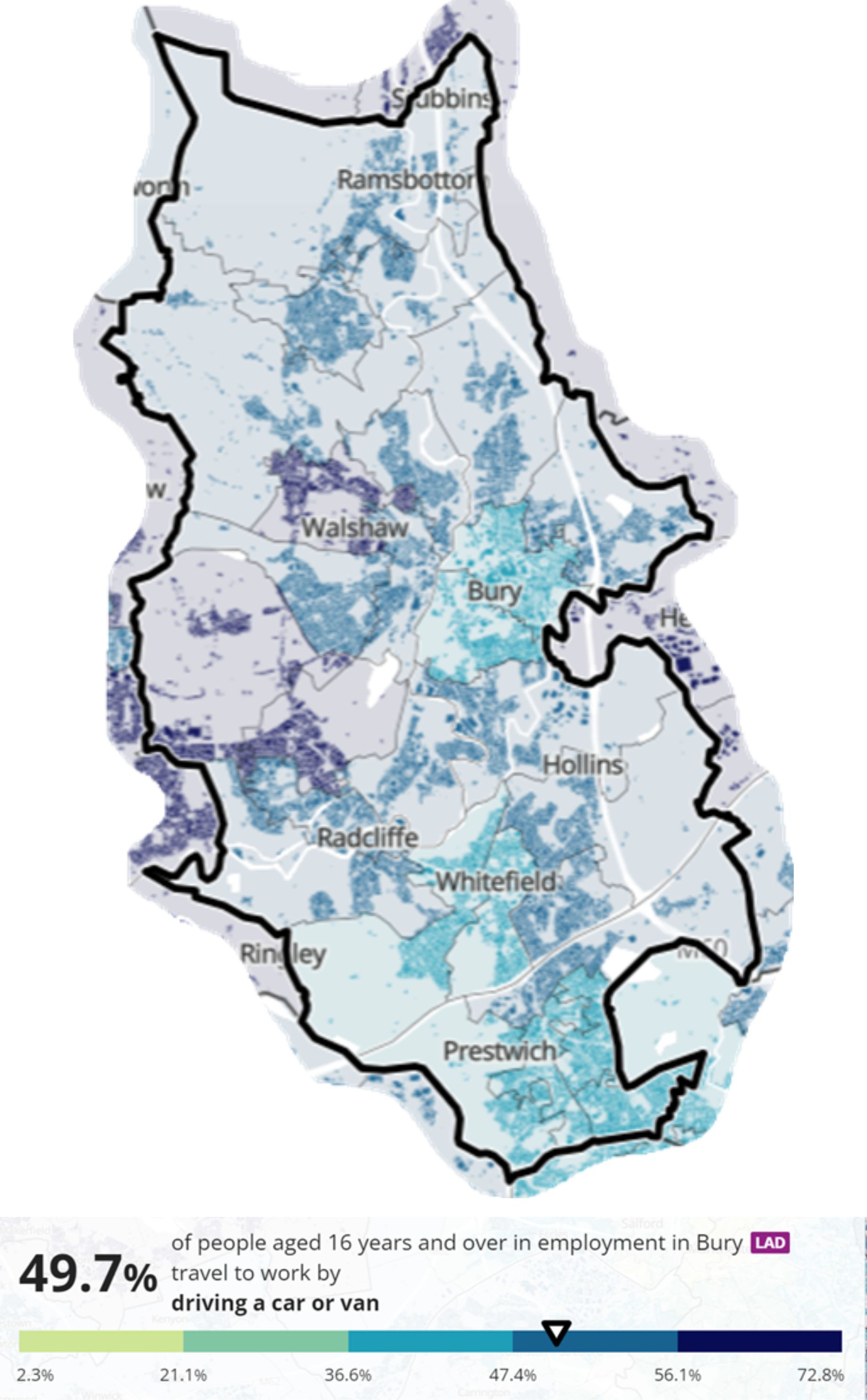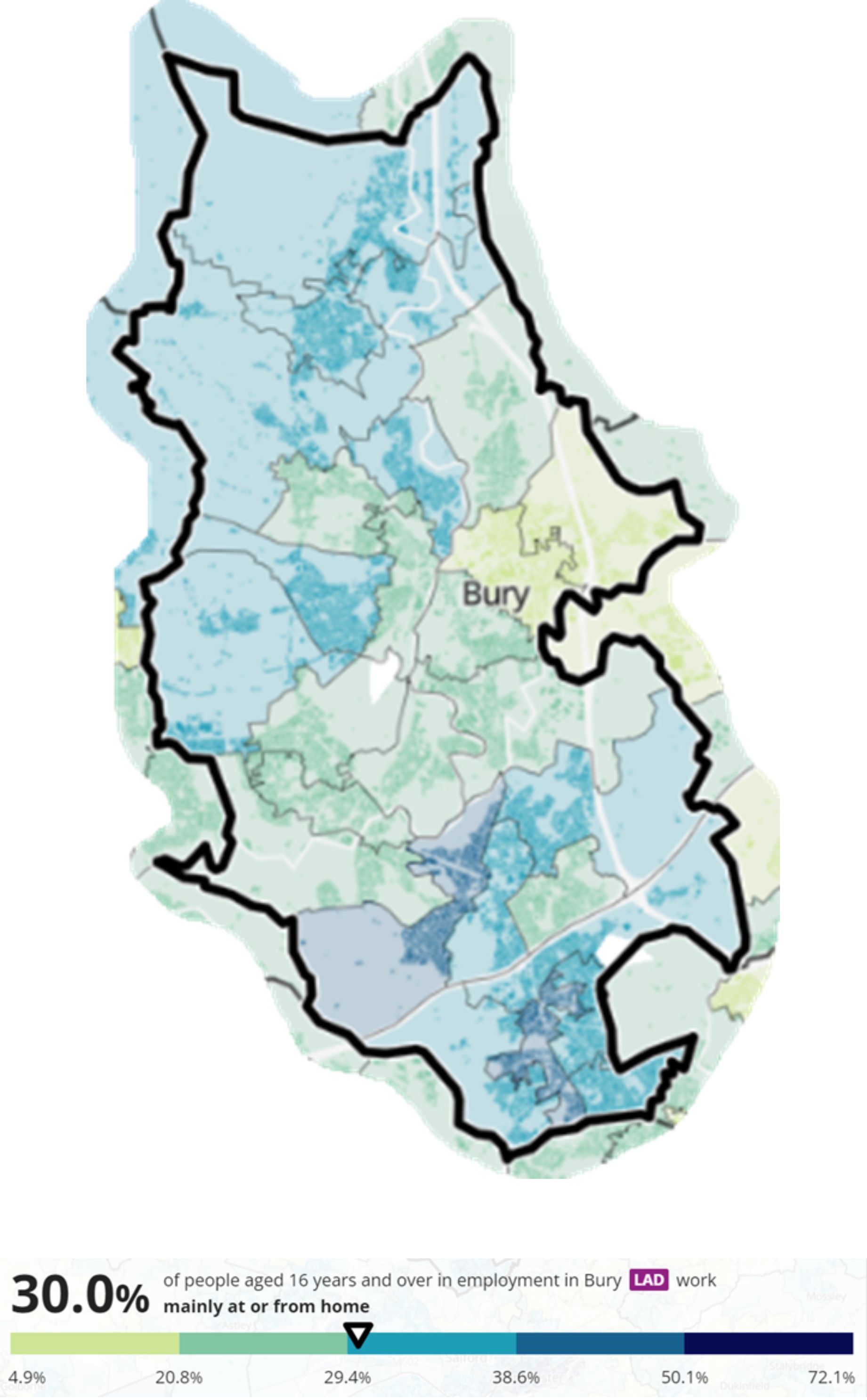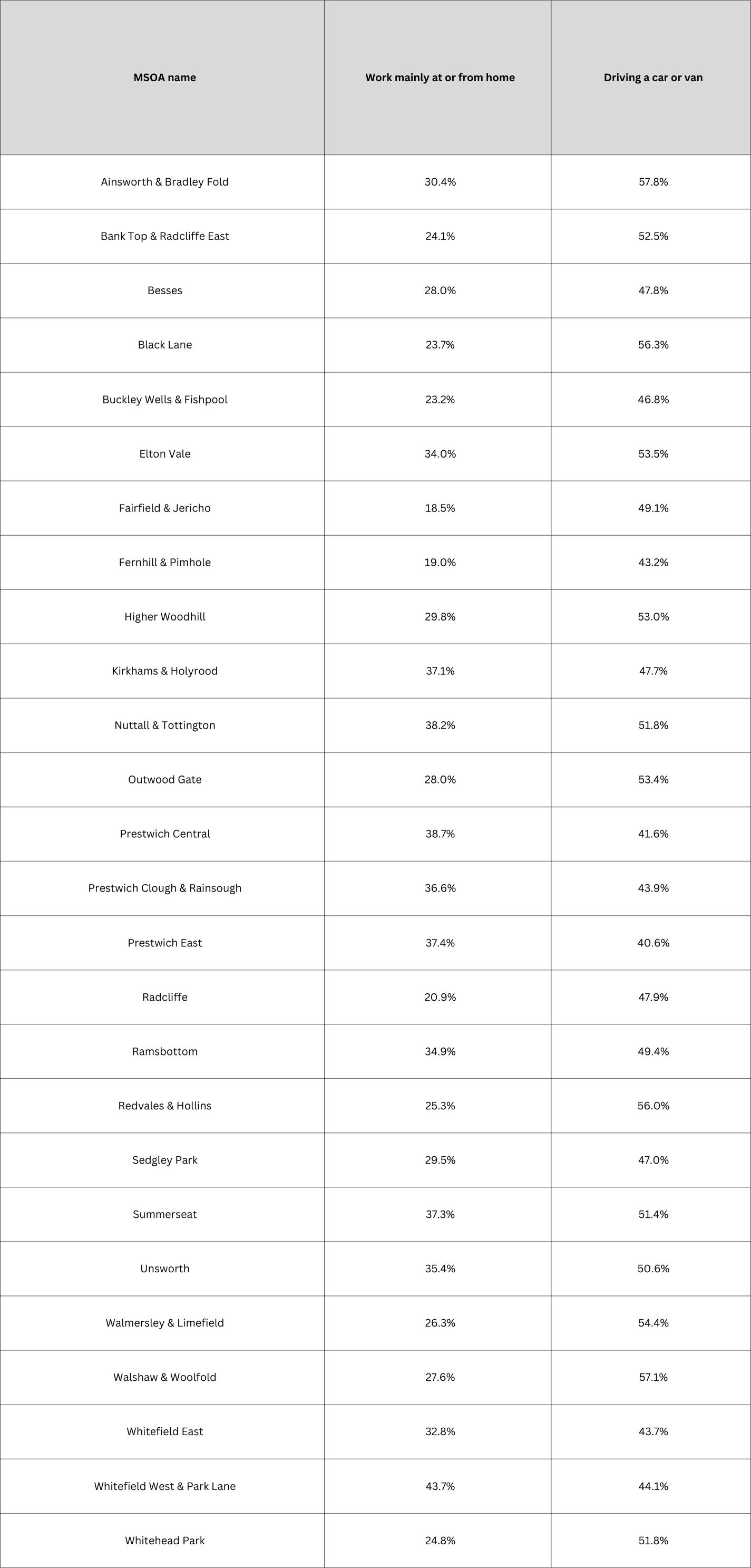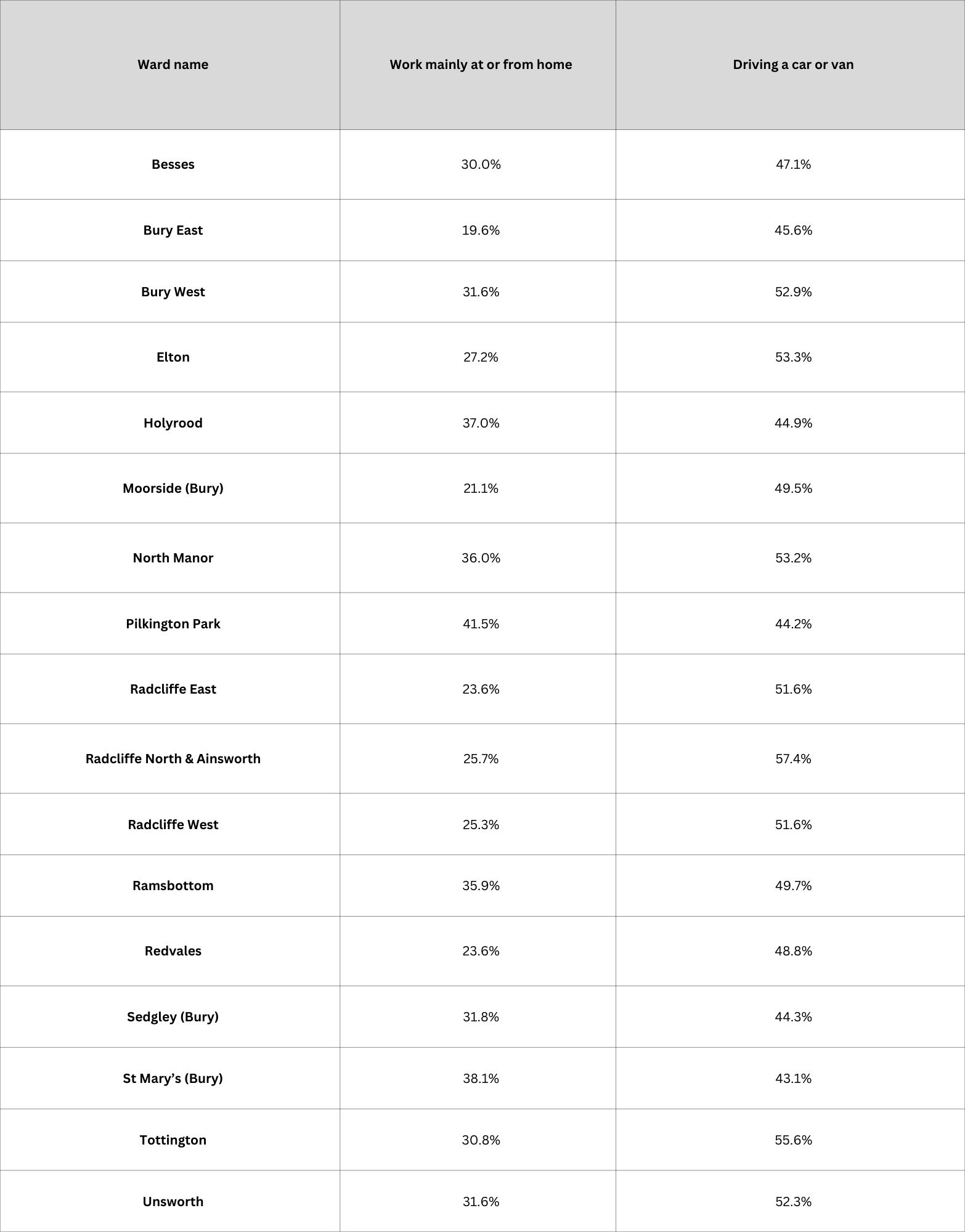Method used to travel to work
Method used to travel to work
Method used to travel to work
Census 2021 took place during the coronavirus (COVID-19) pandemic, a period of unparalleled and rapid change; the national lockdown, associated guidance and furlough measures will have affected this travel to work topic.
As a result of the coronavirus (COVID-19) pandemic, the UK government had introduced furlough measures to ensure those who could not work were able to remain in employment. Furlough included people on the Self Employment Income Support (SEIS) and Coronavirus Job Retention Scheme (CJRS) income support schemes. When completing the Census 2021 form, people on furlough were advised to say that they were temporarily away from work, as were those who were quarantining or self-isolating because of the pandemic. People on furlough had specific guidance to help them respond. People who were temporarily away from work were included in the economically active population.
The table below shows the two main methods used to travel to work by MSOA in Bury.
Whitefield West & Park Lane had the highest percentage of people aged 16+ working mainly at or from home at 43.7%, with Fairfield & Jericho the lowest at 18.5%.
Ainsworth & Bradley Fold had the highest percentage of people aged 16+ driving to work in a car or van at 57.8%. Prestwich East had the lowest at 40.6%.
The table below shows methods used to travel to work by ward.
Pilkington Park had the highest percentage of people aged 16+ working mainly at or from home at 41.5%, with Bury East the lowest at 19.6 %.
Radcliffe North & Ainsworth had the highest percentage of people aged 16+ driving to work in a car or van at 57.4%. St Mary’s had the lowest at 43.1%.
.jpg)



